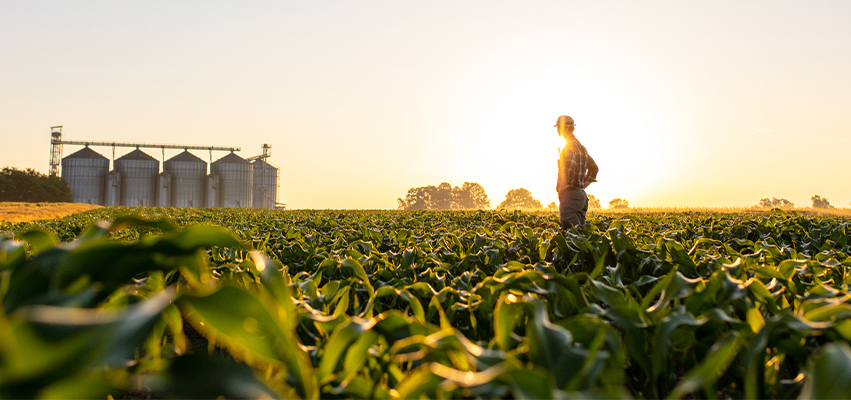As of the first week in July, the corn and soybean crops look good in Peoria County.
There were numerous 90-degree days in June and early July. High temperatures, low humidity and winds will dry out the soil and can cause significant stress, especially for the corn crop, but thankfully we have had some rain to accompany the heat.
Just after July 4, the corn was beginning to tassel. This is a very critical stage, as pollination is occurring which only lasts for a period of 10 days or less. The tassel produces pollen, which falls on the silks located midway up the corn plant.
Those pollen grains will travel down the silk tube and attach to the ear to become a kernel of corn. If there is too much heat, dry weather and excessive stress on the corn plants, this can have a negative impact on successful pollination. Kernels will begin aborting at the top of the ear and work down the ear as dry weather persists.
Soybeans are much more forgiving when it comes to heat and dry weather. Soybean plants will flower over several weeks. Pods form on the bottom of the plant while flowers are still blooming on the top portion. It’s this extended flowering period that enables soybean plants to spread their risk, so to speak. Excessive dry weather and stress on soybeans will reduce yields in a number of ways. Whole pods will abort on the plant, only two beans will develop in a pod instead of the typical three, or the beans themselves will be smaller in size.
Weeds, primarily in soybean fields, can be a challenge to control. Waterhemp is a “bad word” when it comes to farming. It is the biggest weed issue for most farmers. There are several ways that it proliferates. The seeds can germinate late in the growing season, it’s aggressive and fast growing, and it’s tolerant to several herbicides. One reason you will see farmers planting soybeans in narrower rows (15-inch rows instead of 30-inch rows) is to help shade or canopy the field more quickly. Seeds and small plants need sunlight to grow, and if the field is completely shaded by soybean leaves, this will reduce the competition from weeds.
If you live in the country, you may have seen some yellow planes flying low over corn and soybean fields. They are spraying fungicide, which keeps the corn and soybean plants much healthier. It seems like there is a crop disease that can infect corn and soybean plants whether it’s dry or wet. Fungicides will have a greater impact and be most beneficial in a damp, more humid environment.
Tar Spot has infected cornfields in recent years. It is a fungal disease that appears as a series of black spots on corn leaves. This affects the leaves’ ability to carry out the photosynthesis process, leading to stalk cannibalization and a reduction in yield. Fungicides help control these diseases.
So, what is the outlook for this growing season? Peoria County farmers have the potential to harvest excellent yields this fall if we continue to receive rains in August.
Looking briefly at the economics, prices for both corn and soybeans were near record highs throughout the spring season, although we did see a downturn in prices the first week in July. Nevertheless, farmers have a great opportunity to sell at profitable prices.
The concern in farm country is the rapid escalation of input costs such as fertilizer. As a general observation, nitrogen, phosphorus and potassium fertilizer costs have nearly doubled since this time last year. Prices for corn and soybeans will need to stay high to maintain profits if fertilizer inputs remain high for farmers looking ahead to 2023.
The 2022 growing season is shaping up to be a good one in Peoria County, but we still have the homestretch to go.





